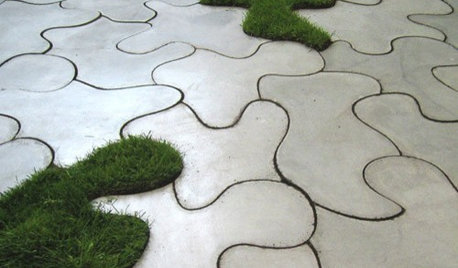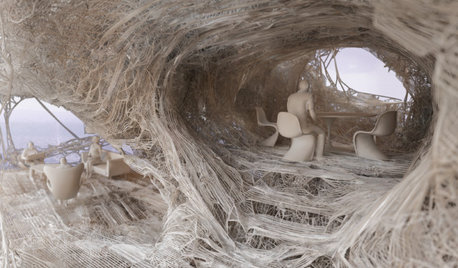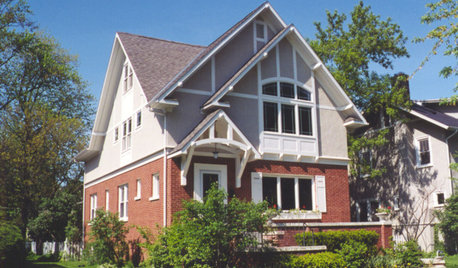Optional fiber reinforcement for tufa
packrat
17 years ago
Related Stories

PRODUCT PICKSGuest Picks: Concrete Ideas for Patios and Decks
Look to lightweight fiber cement for functional outdoor furniture and accessories that are heavy on style
Full Story
KITCHEN COUNTERTOPSKitchen Counters: Concrete, the Nearly Indestructible Option
Infinitely customizable and with an amazingly long life span, concrete countertops are an excellent option for any kitchen
Full Story
KITCHEN DESIGNKitchen Countertops 101: Choosing a Surface Material
Explore the pros and cons of 11 kitchen countertop materials. The options may surprise you
Full Story
ARCHITECTUREDiscover the Intriguing Possibilities for 3D Printing for Architecture
Would you live in a home made of printed plastic? With 3D printing, the options push architecture's limits
Full Story
KITCHEN DESIGNHow to Design a Kitchen Island
Size, seating height, all those appliance and storage options ... here's how to clear up the kitchen island confusion
Full Story
REMODELING GUIDESMovin’ On Up: What to Consider With a Second-Story Addition
Learn how an extra story will change your house and its systems to avoid headaches and extra costs down the road
Full Story
KITCHEN DESIGN15 Creative Backsplashes Full of Character
You’ll find personality aplenty in these distinctive backsplashes — and lots of inspiration too
Full Story
HOUSEKEEPINGOut, Darn Spot! Tips for Removing Carpet Stains
Know the right solutions and when to use them to prevent stains from pets, soda, chocolate, blood and more
Full Story
FIREPLACES12 Hot Ideas for Fireplace Facing
From traditional brick to industrial steel, there’s a fireplace cladding here to light up your design
Full Story
DECORATING GUIDESMove Over, Neutral Sofa — Here Comes Color
Sometimes it makes sense to ignore the conventional wisdom about furniture and make a bold, colorful statement
Full Story





tango88
straw_dog
Related Professionals
Kenmore Landscape Architects & Landscape Designers · Richmond Heights Landscape Architects & Landscape Designers · Roosevelt Landscape Architects & Landscape Designers · Seabrook Landscape Architects & Landscape Designers · Surprise Landscape Contractors · Conroe Landscape Contractors · Desert Hot Springs Landscape Contractors · Downey Landscape Contractors · Goodlettsville Landscape Contractors · Holtsville Landscape Contractors · New Berlin Landscape Contractors · Reedley Landscape Contractors · Salem Landscape Contractors · Sammamish Landscape Contractors · Shaker Heights Landscape ContractorspackratOriginal Author
packratOriginal Author
straw_dog
billie_ann
packratOriginal Author
crashboxsus
tango88
club_53
crashboxsus
nathanhurst